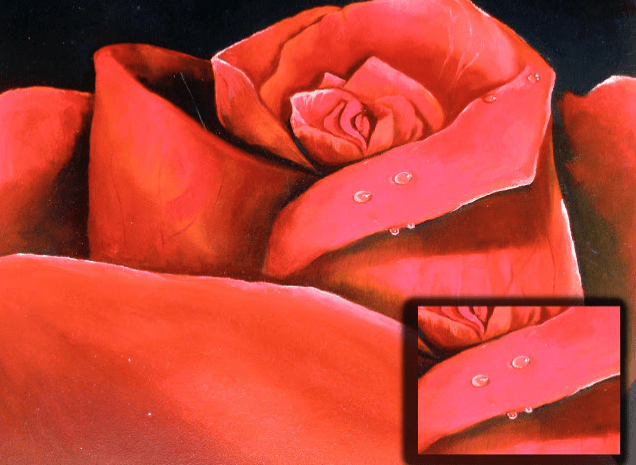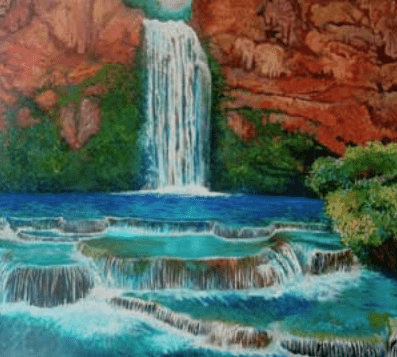Two Minds see Differently
It is true, two minds see differently – This series is from a painting course I taught. It was a series of paintings that not only challenged the student but even more the teacher.
How do you describe a subconscious event to a student? I taught her less how to paint and more how to see and describe a scene subconsciously.
First we must understand the left side of the brain. If we were to see every image with the right side, we would be overwhelmed with details and intricacies of color, tone and dimension.
The left brain takes a convenient snapshot of our surroundings, it fills in gaps and gives us an impression. When we create with the left side of our brain, it tends to guess on certain aspects of the image.

An example of this is a drop of water, the left leaning eye will assume principles of what it sees as a droplet of water and miss the subtle details of what truly makes a drop of water look like a drop of water.
The left brain is logical but because it simplifies the view of the world, it can often exaggerate what we are trying to describe.
The right side is more refining of reality, it sees and explains in an often unexpected way with details that are both subtle and intangible.

All I have learned about creating an image of water or the night sky is from studying the initial view and flattening the concept into an image that creates an illusion of space through cues on a flat plane and convergent lines that explain a space on a two dimensional format.
Sounds very complicated, but it is seeing the world, once with the eye and than second with the mind of why the image appears as it does. The initial logical view is delayed and the subconscious describes all the nuances that create depth and explain space.
Half of experiencing a beautiful scene is the mind realizing it is in a great space. To convert a great space to a two dimensional field takes cues that can describe to the logical mind that there is space when the brain realizes it is seeing a flat image.

It is the illusion of capturing reality and describing it in a visual language with multiple techniques that prove there is space, when there is none. Next in the series, techniques of showing distance.
